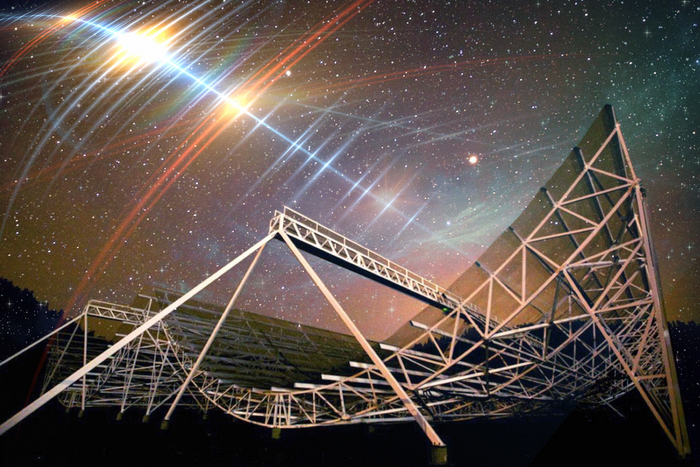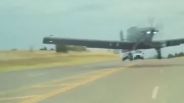A neutron star that researchers detected is coming from billions of light years away from the planet, but its Fast Radio Burst (FRB) gave a distinct sound and pattern, which made it stand out among others. The MIT researchers said that it is one of the most regular and consistent FRBs in space now, and it is like a person's heartbeat.
Neutron Star: FRB Creates a Significant Sound Like a Heartbeat

Researchers from the Massachusetts Institute of Technology and other collaborators authored a paper entitled "Sub-second periodicity in a fast radio burst," published in Nature, and talked about the new FRB discovery it saw in space.
What is unique about this is its characteristics that bring a different view on FRBs, a significant change on its signals which mostly lasts for several milliseconds only.
Now, the new FRB 20191221A, as labeled by astronomers, brings more than its expected time for the radio bursts' signal to appear. Its signal is available for three seconds, and it is already a long time for an FRB that usually lasts shorter than it.
Additionally, it gives off radio wave bursts in the span of 0.2 seconds, and it is a clear and rhythmic pattern for the FRB, say the researchers.
Read Also : Astronomers Find Ultra-Rare Neutron Star Flaring Brilliantly in The Milky Way Using NICER
New FRB is the Longest-Lasting, says Researchers
According to a press release via EurekAlert!, this new radio "heartbeat" is a different space phenomenon now, giving a clear signal to researchers that saw it despite being millions of years away.
The paper came from the collaboration among researchers from the Canadian Hydrogen Intensity Mapping Experiment or the CHIME/FRB Collaboration, along with MIT researchers.
Neutron Stars and the FRBs
FRBs are a rare phenomenon, and these radio signals are massive from outer space, as there are multiple reasons for a specific sound to form like these and be intercepted by human instruments. One of the discoveries made by the Hubble Space Telescope is distant FRBs that are still developing, and it is a rare detection even for modern space studies.
There was also one fast radio burst that researchers saw in space, and it is a bizarre one as it triggered an alarm as it resurfaced after 30,000 years since it was last detected. The neutron star, which caused the FRB signal for researchers to find also appeared closer to the planet, unlike before, when it had a significant distance from the earth.
Of course, Neutron Stars and FRBs are of the same league, and these two are seemingly partners that come together when researchers or astronomers discover them from vast space. Nevertheless, there seems to be a new characteristic every time a researcher finds one, and in this case, a more regular-sounding FRB for all.
Related Article : Neutron Star Appears With Faint Signal, MeerKAT Radio Telescope Detects Bizarre Pulse
This article is owned by TechTimes
Written by Isaiah Richard
ⓒ 2025 TECHTIMES.com All rights reserved. Do not reproduce without permission.




